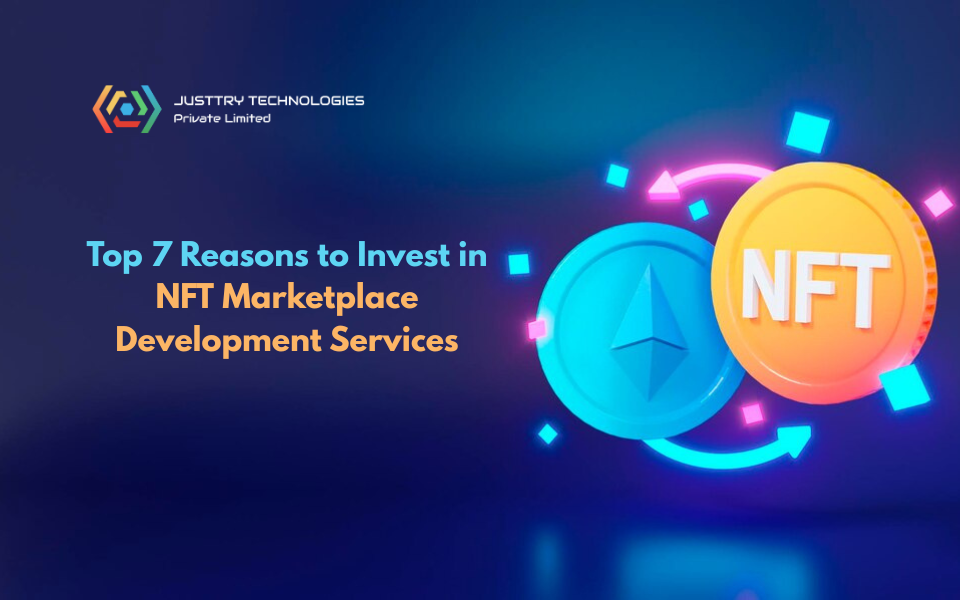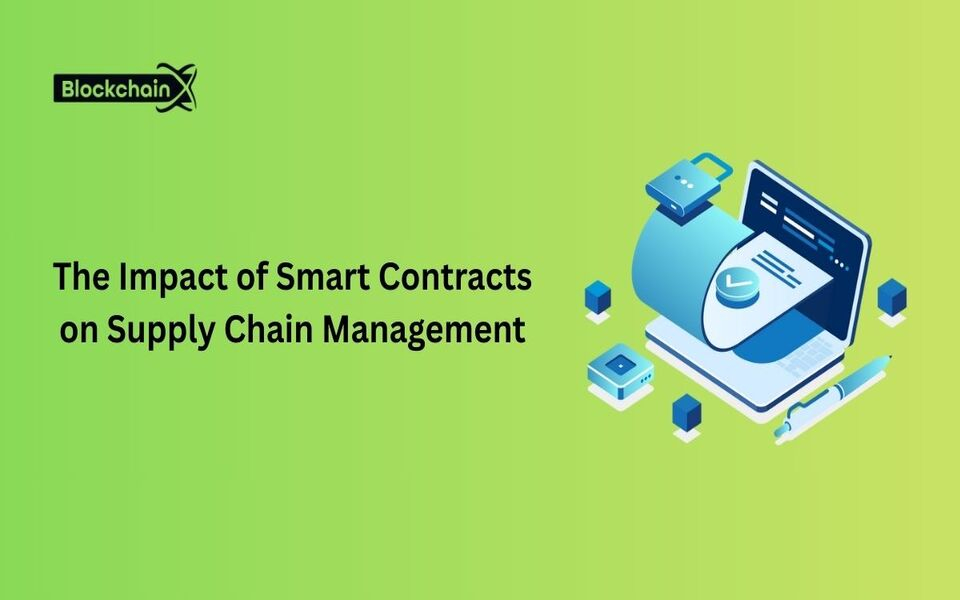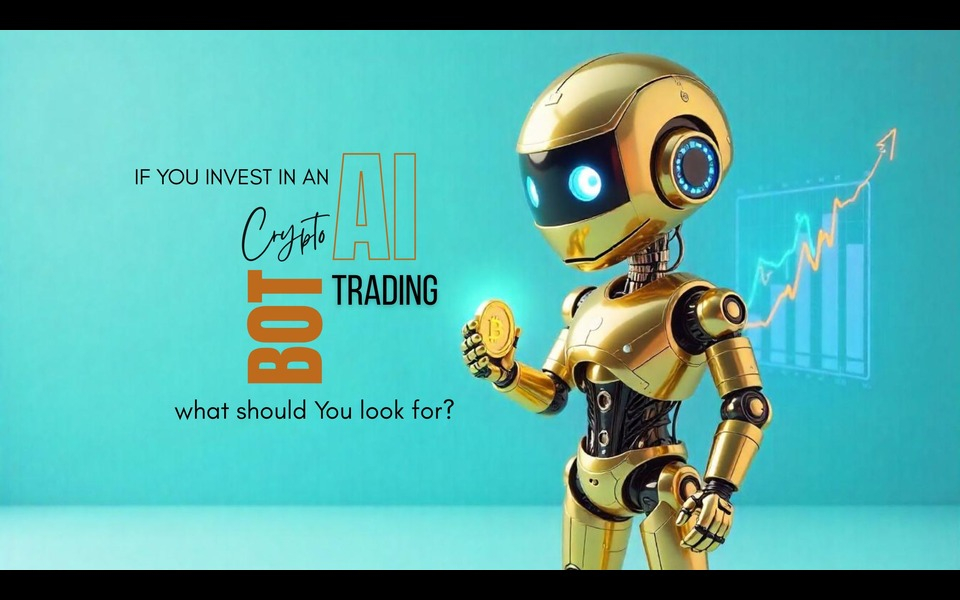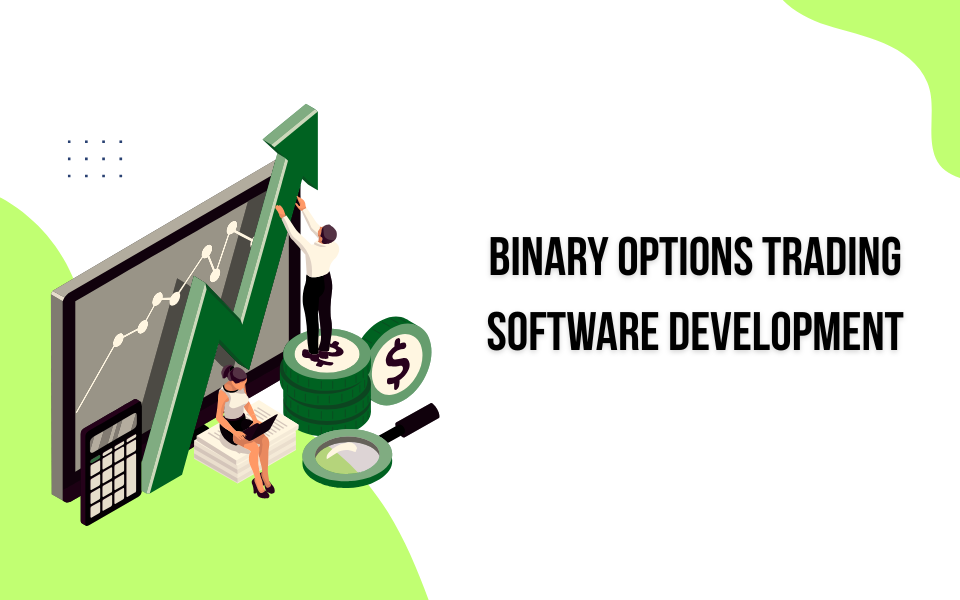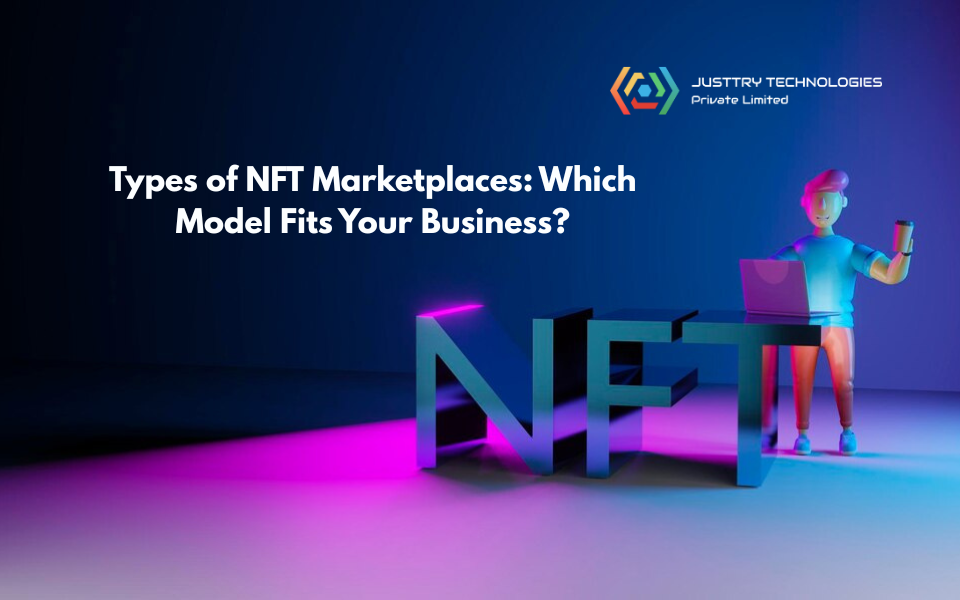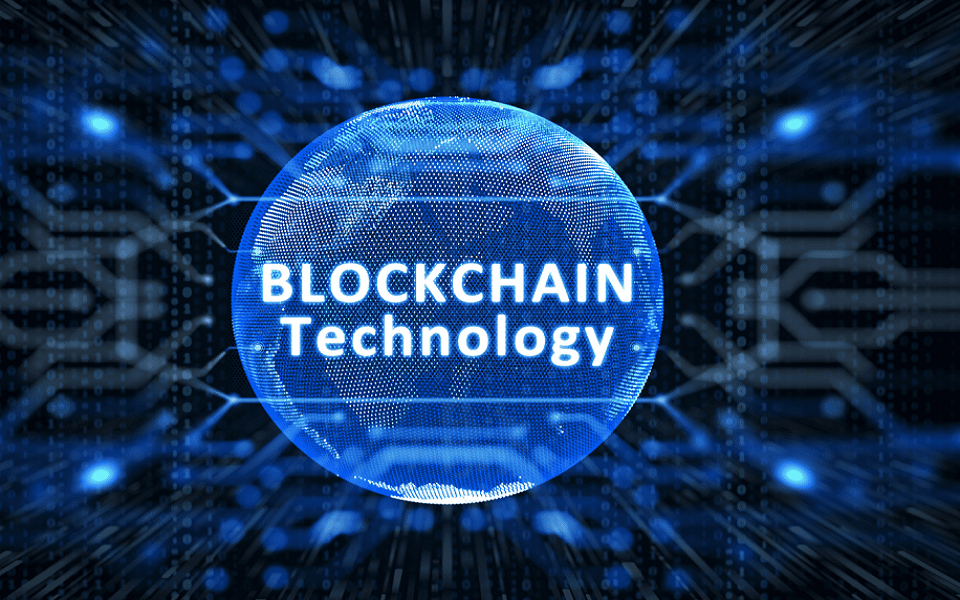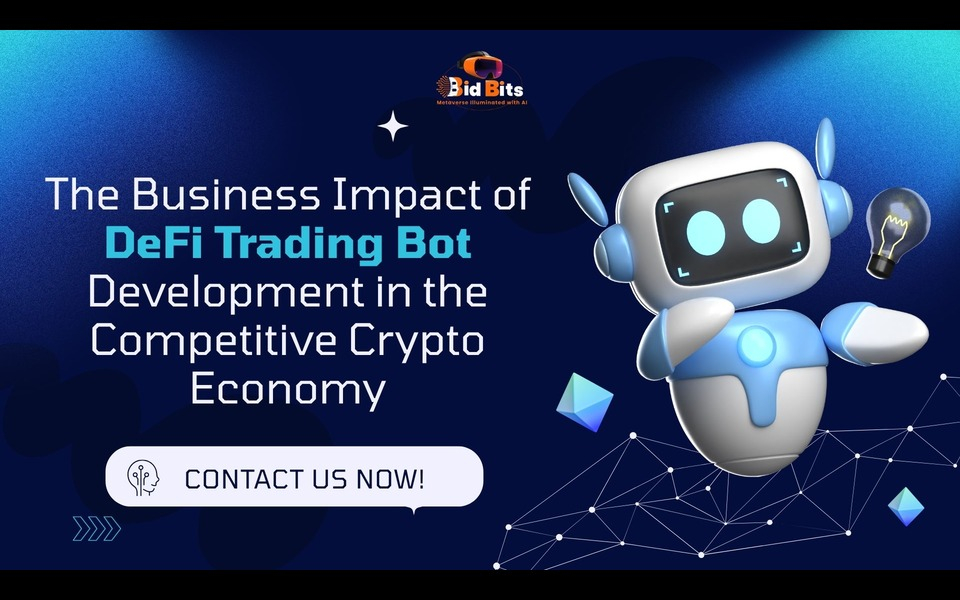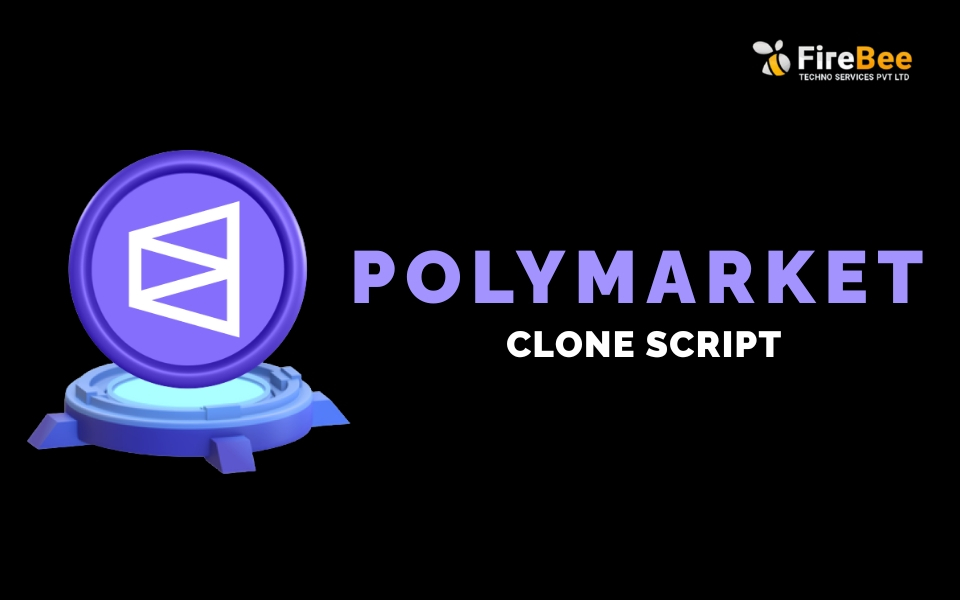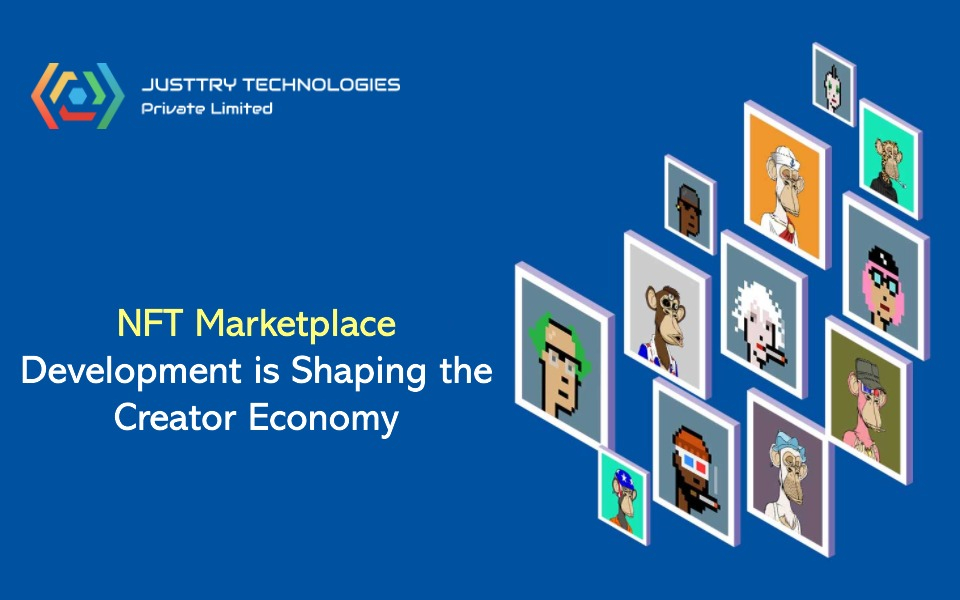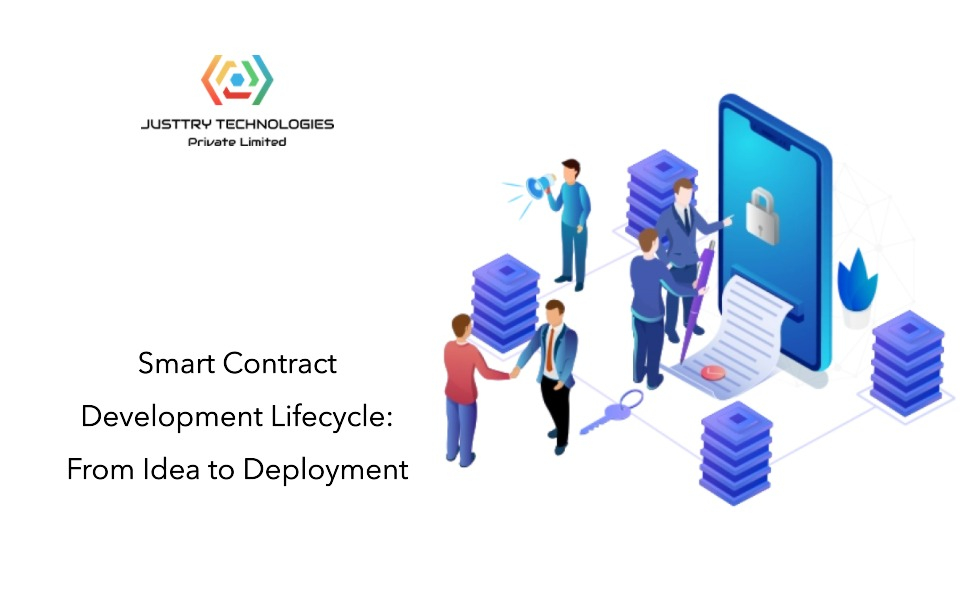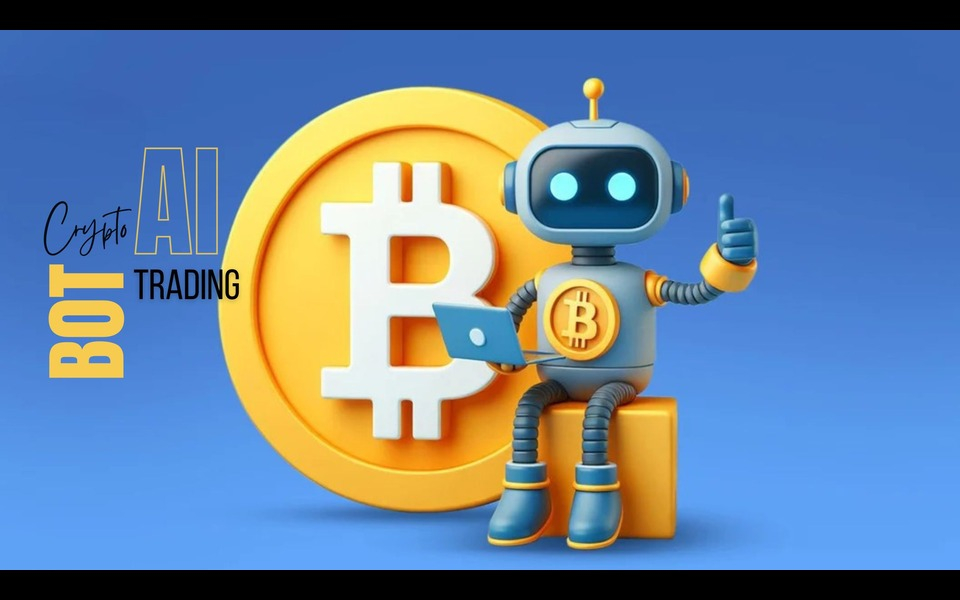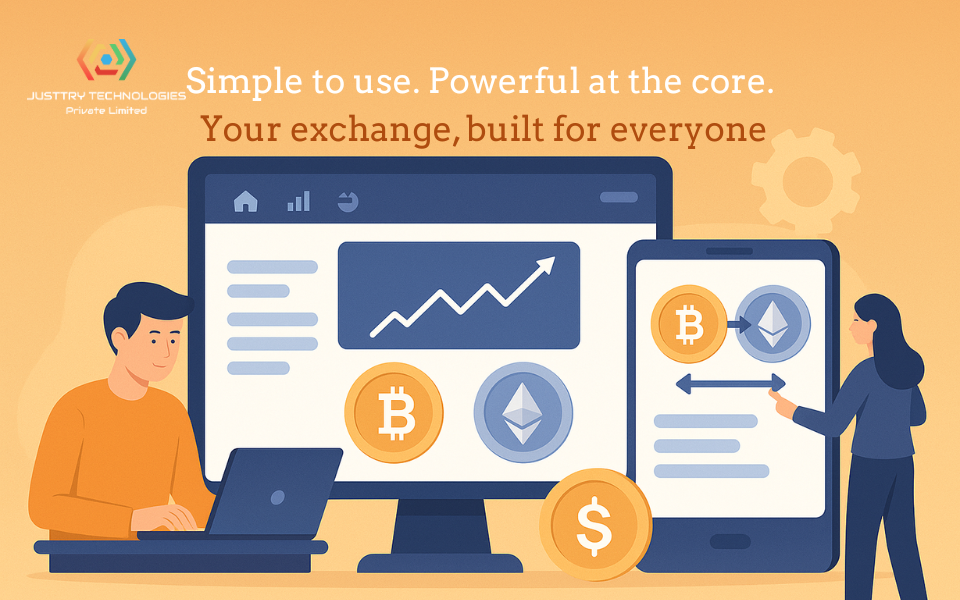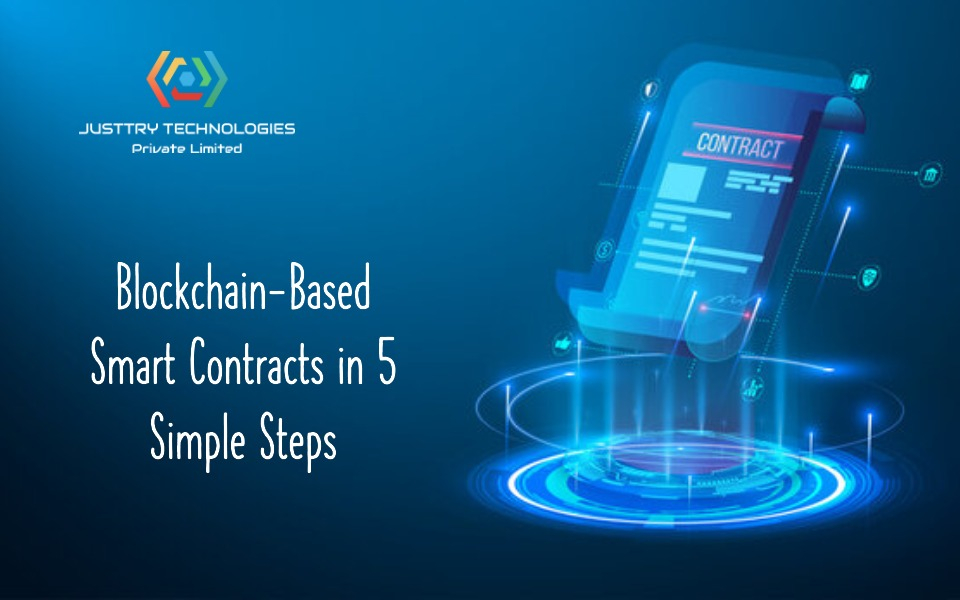Real world asset tokenization (RWA tokenization) is fast becoming a defining innovation. By blending traditional assets like real estate, commodities, and private equity with blockchain technology, this approach is reshaping how people invest, trade, and build wealth. In 2025, tokenized real-world assets are no longer theoretical—they are an accessible, efficient, and secure way to unlock trillions in value.
This blog explores why RWA tokenization is transforming the future of investing, what it means for businesses and individuals, and how it’s creating a more open financial system.
Understanding Real World Asset Tokenization
Real world asset tokenization refers to the process of representing physical assets—such as real estate, gold, artwork, or even equity shares—on a blockchain as digital tokens. These tokens are backed by the actual value of the physical asset and can be traded, transferred, or owned in fractions.
At its core, tokenization solves one of the oldest problems in finance: illiquidity. By converting assets into blockchain-based tokens, investors can buy and sell them more easily, businesses can unlock capital faster, and ownership becomes more transparent and traceable.
For example, a $1 million property can be tokenized into 100,000 tokens, each worth $10. Investors around the world can now hold a piece of that property without owning the entire thing or going through traditional real estate processes.
The Market Potential in 2025 and Beyond
As of 2025, tokenized assets are expected to reach $16 trillion in value by 2030, according to estimates by major financial institutions. Institutional players such as BlackRock and JPMorgan are actively exploring tokenized funds and bonds. Regulators across jurisdictions are also laying out frameworks to support these digital asset classes.
Several factors are driving this momentum. Blockchain infrastructure has matured to support secure and scalable tokenization platforms. Regulatory clarity is improving, especially in regions like the EU, Singapore, and UAE. And investors are demanding more transparent, liquid, and fractional investment opportunities—something RWA tokenization naturally enables.
With blockchain adoption rising and DeFi protocols becoming more robust, tokenized real world assets are at the center of the next investment wave.
Benefits of Real World Asset Tokenization
Liquidity for Traditionally Illiquid Assets
Assets like commercial real estate, fine art, or collectibles usually require a long sales cycle and high entry thresholds. Tokenization introduces liquidity by allowing these assets to be broken into digital shares that can be sold on secondary markets. Investors don’t need to wait years for an exit—they can trade their holdings more flexibly and on their own timeline.
Fractional Ownership
Tokenization democratizes investing by enabling fractional ownership. This means an average investor can now hold a stake in high-value assets like luxury properties, exotic cars, or farmland—assets previously reserved for institutional buyers or ultra-high-net-worth individuals.
This increased access is driving broader participation from retail investors across the globe.
Global Accessibility
Blockchain-based assets are globally accessible by design. Once assets are tokenized and listed on compliant exchanges or decentralized platforms, they can attract investors from any part of the world. A real estate project in New York can now gain funding from investors in Singapore, London, or Dubai.
This borderless accessibility opens new capital channels for asset owners and gives investors greater exposure to global asset classes.
Transparency and Trust
Tokenized assets are governed by smart contracts that execute transactions automatically and store immutable records on the blockchain. This ensures transparent ownership history, real-time audit trails, and automatic dividend or yield distributions.
Investors can easily verify asset data, eliminating the reliance on intermediaries and significantly increasing trust in the investment process.
Improved Efficiency and Cost Savings
Traditional asset transactions often involve complex paperwork, third-party verification, and settlement delays. Tokenization enables transactions to occur almost instantly, reducing administrative overhead and cutting costs related to legal, custodial, and broker services.
This speed and automation are especially valuable in asset-heavy sectors like real estate or infrastructure development, where traditional processes can take weeks or even months.
Real-World Use Cases in 2025
Tokenized Real Estate
Tokenized real estate is one of the most mature use cases. Platforms like RealT and Brickken allow investors to purchase fractional shares of rental properties and receive a portion of the income. Property management, rental collection, and income distribution are automated via smart contracts.
This creates passive income opportunities and expands real estate investing to a broader population.
Tokenized Treasury Bonds and Equities
Financial giants like JPMorgan are developing tokenized versions of government bonds and money market funds. Franklin Templeton is managing blockchain-native mutual funds, offering faster settlement and greater liquidity.
This allows investors to gain exposure to traditionally safe assets through a more modern and efficient platform.
Tokenized Commodities
Gold-backed tokens like PAX Gold or Tether Gold are pegged to actual gold reserves stored in secure vaults. These tokens can be traded 24/7 and offer an easy way to gain exposure to inflation-resistant commodities without dealing with physical storage or security concerns.
The same approach is being applied to silver, oil, and agricultural goods.
Tokenized Invoices and Supply Chain Assets
Businesses are increasingly using tokenization to secure instant liquidity through tokenized invoices. These invoices represent future receivables, which can be sold to investors for upfront capital. It’s a modern alternative to factoring, with greater efficiency and global reach.
Strategic Advantages for Investors and Businesses
For Investors
Investors benefit from broader diversification, fractional access to valuable assets, real-time valuation, and the ability to trade across global markets. Unlike traditional investing, there are fewer intermediaries, lower fees, and faster settlement.
Tokenization also enables hybrid investing—combining traditional and decentralized finance opportunities.
For Asset Owners and Businesses
Businesses can raise funds by offering fractional ownership to global investors. They can unlock liquidity without selling the entire asset or waiting for a buyer. Tokenization also reduces dependency on banks or venture capital and offers a more direct relationship with investors.
Governments, startups, and real estate developers are using tokenization to fund large-scale infrastructure, renewable energy, and urban development projects in a compliant, transparent way.
Compliance and Regulatory Landscape in 2025
Tokenization is rapidly gaining support from regulatory authorities. The EU’s Markets in Crypto-Assets (MiCA) regulation, SEC’s evolving digital asset rules in the US, and regulatory frameworks in countries like Switzerland, Singapore, and the UAE are legitimizing tokenized assets.
Licensed tokenization platforms are working within KYC/AML guidelines, offering secure, compliant environments for investors. This has led to a surge in institutional participation and a more mature digital asset ecosystem.
Jurisdictional complexity remains, but governments are moving toward more standardized regulations that recognize tokenized assets as valid financial instruments.
Technology Enablers Behind the Rise
Blockchain Networks
Most RWA tokenization platforms are built on scalable and secure blockchains such as Ethereum, Polygon, and Avalanche. These networks provide the infrastructure for asset token creation, smart contract automation, and transaction settlement.
Oracles and Real-Time Data
Blockchain oracles like Chainlink play a key role in providing accurate, real-time data about asset prices, ownership status, and external events. This ensures that smart contracts operate based on verified, up-to-date information.
Custodians and Trust Structures
For tokenized assets to be trustworthy, the underlying physical or legal asset must be held securely. Digital custodians and trust companies ensure that real world assets are managed in compliance with regulatory standards, giving investors peace of mind.
Challenges That Remain
While many of the earlier hurdles have been addressed, some challenges still exist. These include:
-
Legal recognition across jurisdictions
-
Interoperability between blockchains and traditional systems
-
Education and adoption among investors and asset issuers
However, with the rapid pace of innovation and policy development, these challenges are being actively resolved by the ecosystem.
Final Thoughts: The Investment Paradigm Has Shifted
Real world asset tokenization represents the convergence of traditional investing with modern decentralized infrastructure. It’s not just a new financial product—it’s a new financial paradigm.
From real estate and equity to commodities and receivables, almost any asset can be tokenized, made accessible, and traded globally. This is breaking down long-standing barriers in finance and opening the door for a more inclusive and efficient investment economy.
In 2025, the shift is well underway. Businesses that embrace tokenization are raising capital faster, more flexibly, and with greater transparency. Investors are discovering new ways to build wealth with fewer limitations and lower risk exposure.




